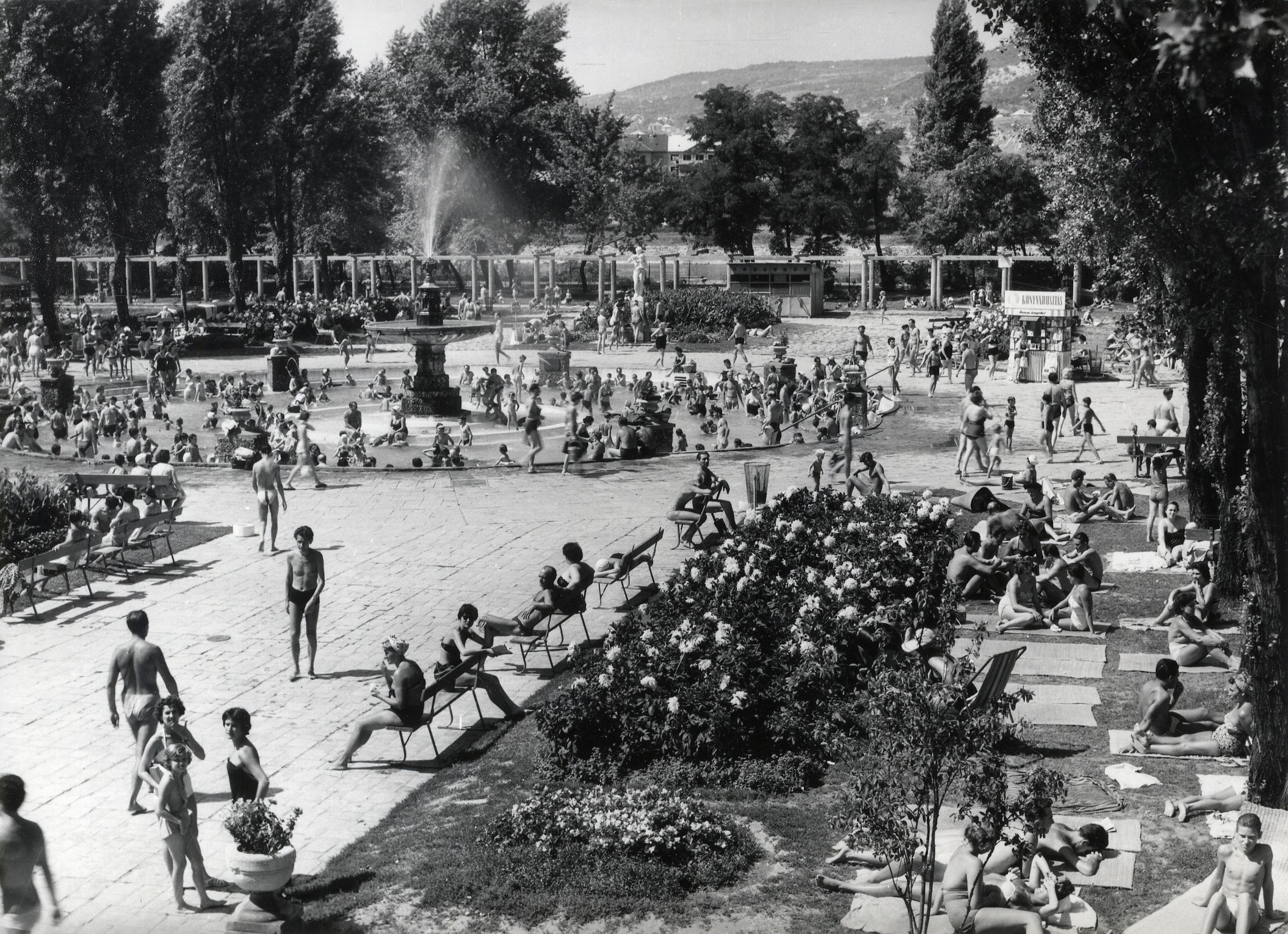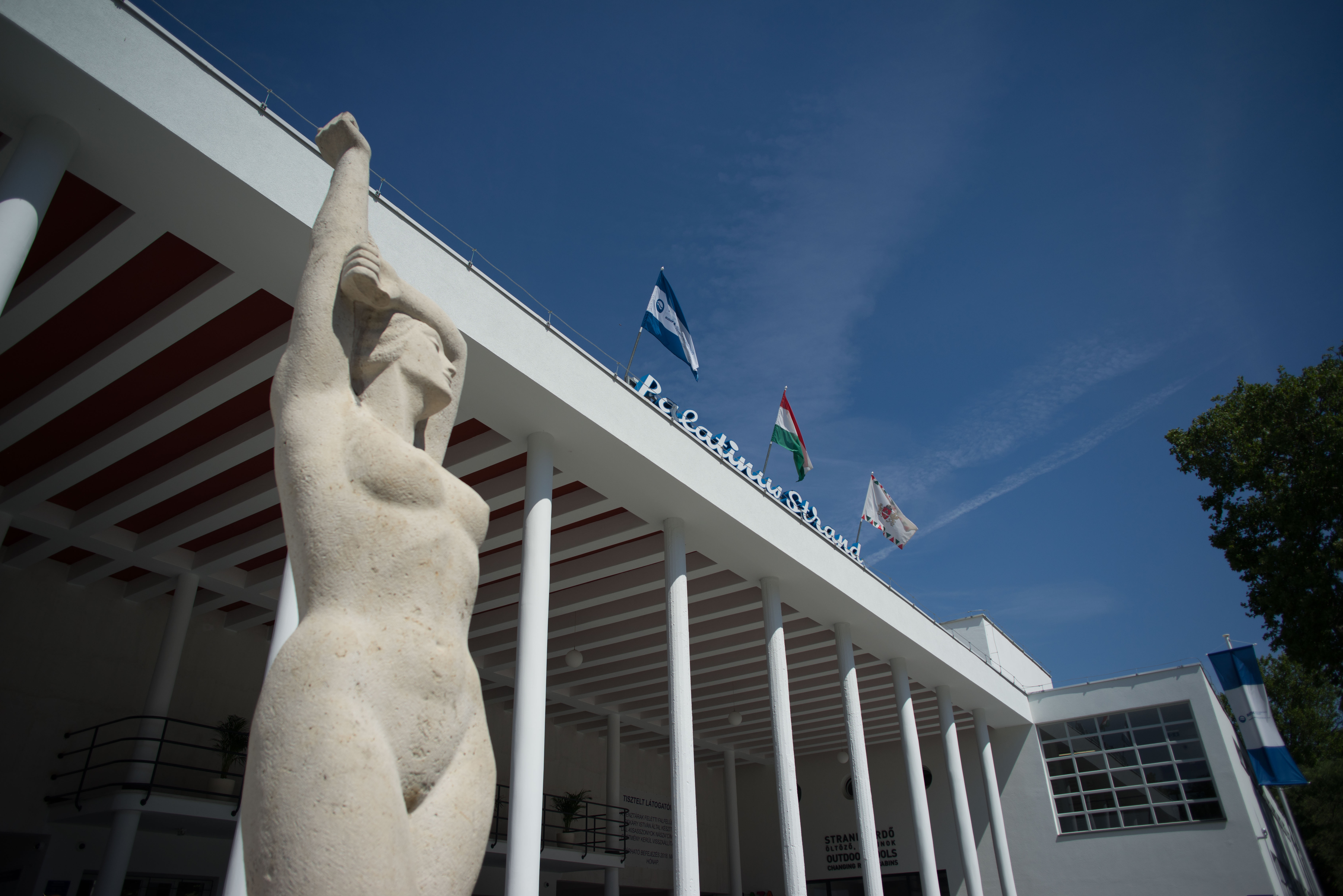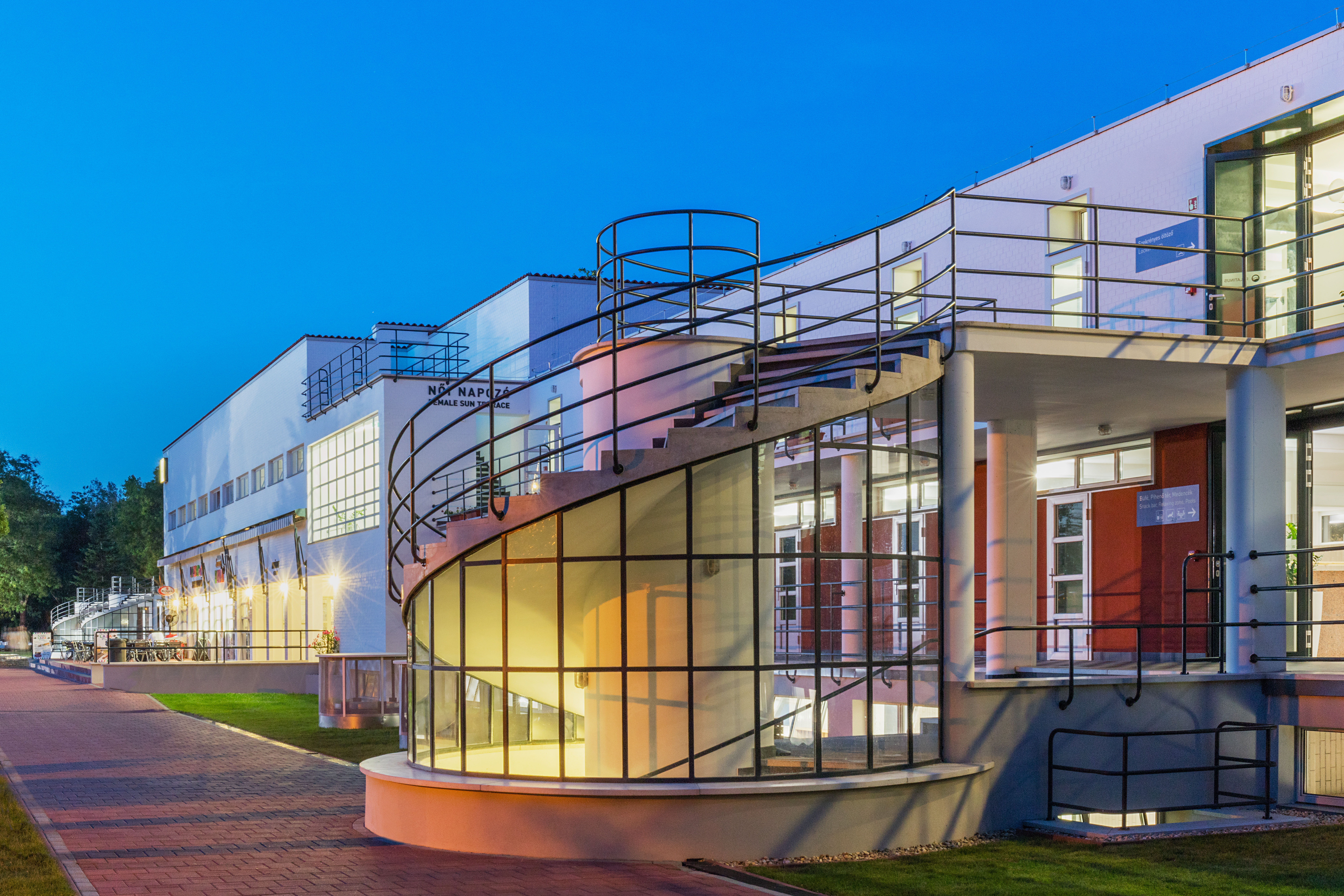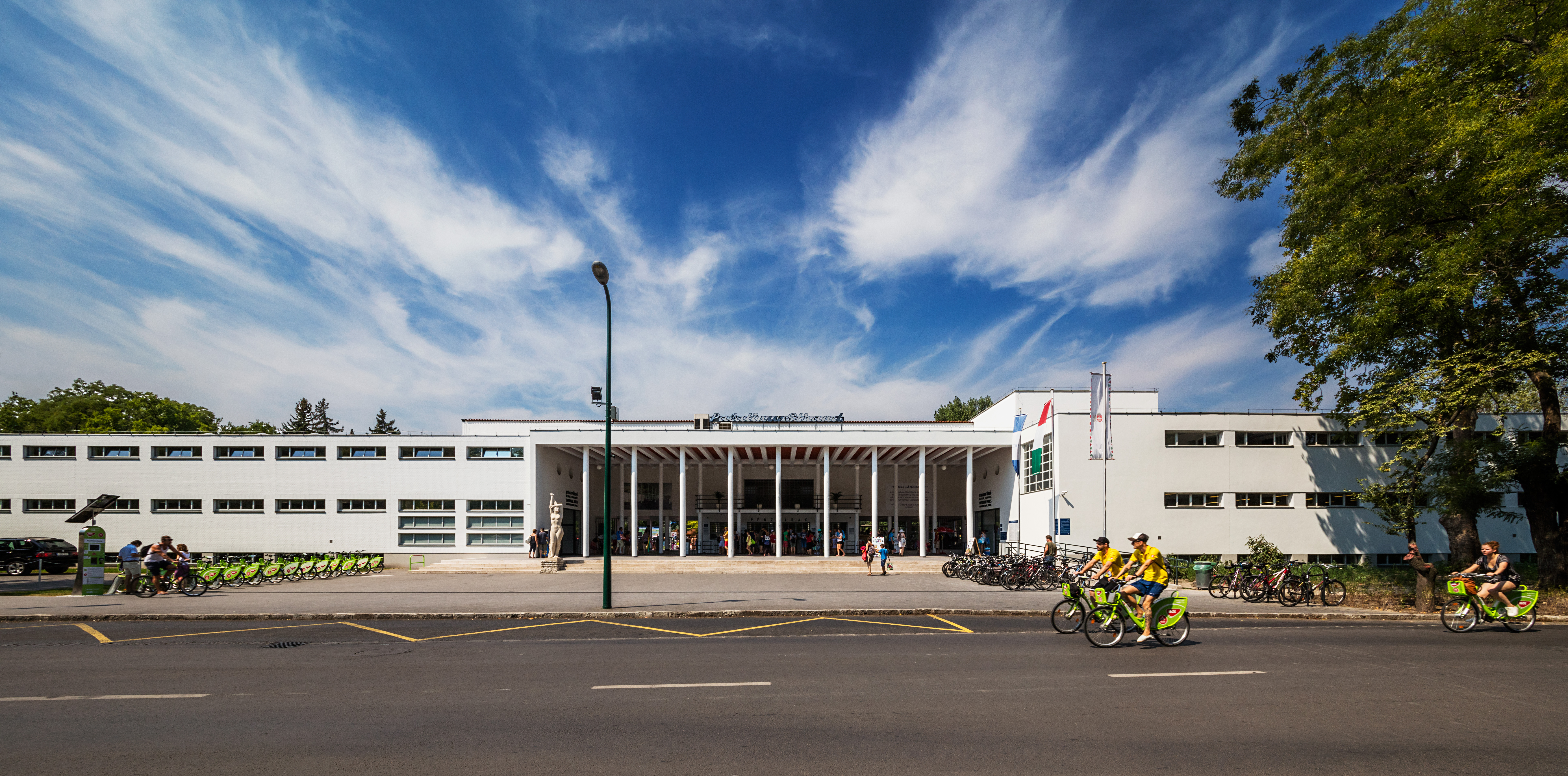History of 100 years

in the heart of the city
The previous name of the island (Insula leporum, i.e. Island of Rabbits) refers to the fact that this island was used for hunting purposes. Later, when Buda fell under Turkish rein, the island became depopulated. In 1790, palatine Lipót Sándor received the right to use the island. In 1799 his successor became palatine Joseph, who built a holiday home on the island and forbade visiting the island, only distinguished guests could enter the island. 1900 was a turning point in the history of the island, when the connecting walkway from Margaret Bridge (constructed 24 years earlier) was built. In 1909 the capital purchased the island and it became the most important public garden. |
 | when it all started The acquisition of Margaret Island by the capital also meant that facilities serving the needs of the general public were established, including the Palatinus Baths, which has been in operation since 1919. This was the very first Bath in Budapest where visitors could bath outdoors. Initially, a Danube-cage swimming pool operated, then in 1921 the 5 000-square-metre large pool and two smaller pools were built. Until World War II, the large pool was the largest in Europe. Due to the sudden increase in popularity, the baths had to be extended in 1936, completed by István Janáky and György Masirevich. While maintaining the green surfaces and landscaping, the goal was to build a spa building that could accommodate ten thousand people. The new building was characterized by clean, almost minimalist, powerful Bauhaus features. The modern, functionalist building was completed quickly, in less than a year (1937). The splandour of the building is attributed to the spatial design, the alternation of compact and pierced surfaces, and the harmony of tastefully placed works of art. |
needs of the 20th century Between 1965 and 1975, a number of renovations were undertaken in the spa area. The previously concrete pool floor was covered with Mettlachi tiles in the 1960s, women's locker rooms were updated, sun lounger area was enlarged, enclosed showers were installed, and the open air bath was expanded with an additional 18 000 square metres of playgrounds, soccer fields and park. The five-lane slide was built in the 1980s. The pools of the baths were converted in 2002 to meet the needs of current times, and equipped with water circulating equipment. The large pool was divided into three parts: a swimming pool, a fun pool and an open air bath pool, while preserving the effect of continuous water surface, since the open air bath is protected. The latest renovation took place in 2017. As a result visitors can admire the almost original beautiful features of the building. |  |
 | all year round
Thanks to previous renovations, today's Palatinus awaits the visitors with a wide range of services.
|

